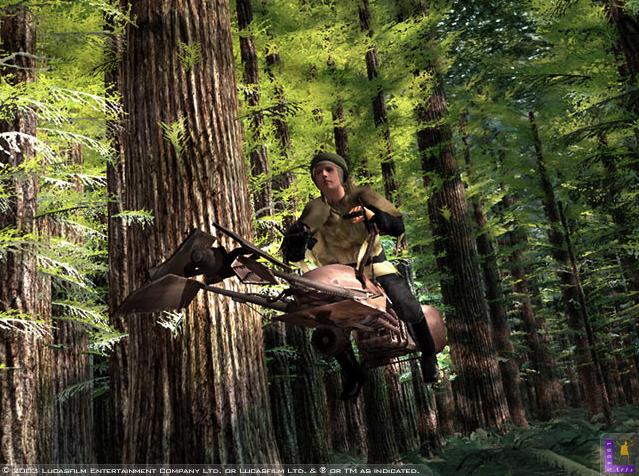fatslob-:O said:
Actually that 16MB was reserved for buffering audio and data from the mini DVD. http://www.aceshardware.com/read.jsp?id=60000288">http://web.archive.org/web/20040508205541/http://www.aceshardware.com/read.jsp?id=60000288 It was certainly lightning fast in terms of access times yet it did have a somewhat lower bandwidth compared to the PS2. I'm not sure if graphics like Rogue Squadron 2 and 3's graphics are out of the PS2's league. I think it's met a match with MGS 3 ...
Although you may encounter some more rough textures on the PS2, however being able to spit out more triangles certainly helps obscures the lower resolution textures ... |
Anandtech reckons the 16MB wasn't just for buffering: http://www.anandtech.com/show/858/7
"Obviously, 16MB of memory is a lot of memory for audio processing so developers are able to use any part of that memory as regular storage of data that doesn't need that much memory bandwidth since there is only 81MB/s of bandwidth to this audio DRAM:"
MGS 3 looks fantastic for the hardware, don't get me wrong, but Rogue Squadron is loaded with bump maps, light scattering, self-shadowing, volumetric clouds... there really isn't a PS2 game that pushes as many effects and shaders to my knowledge.
























